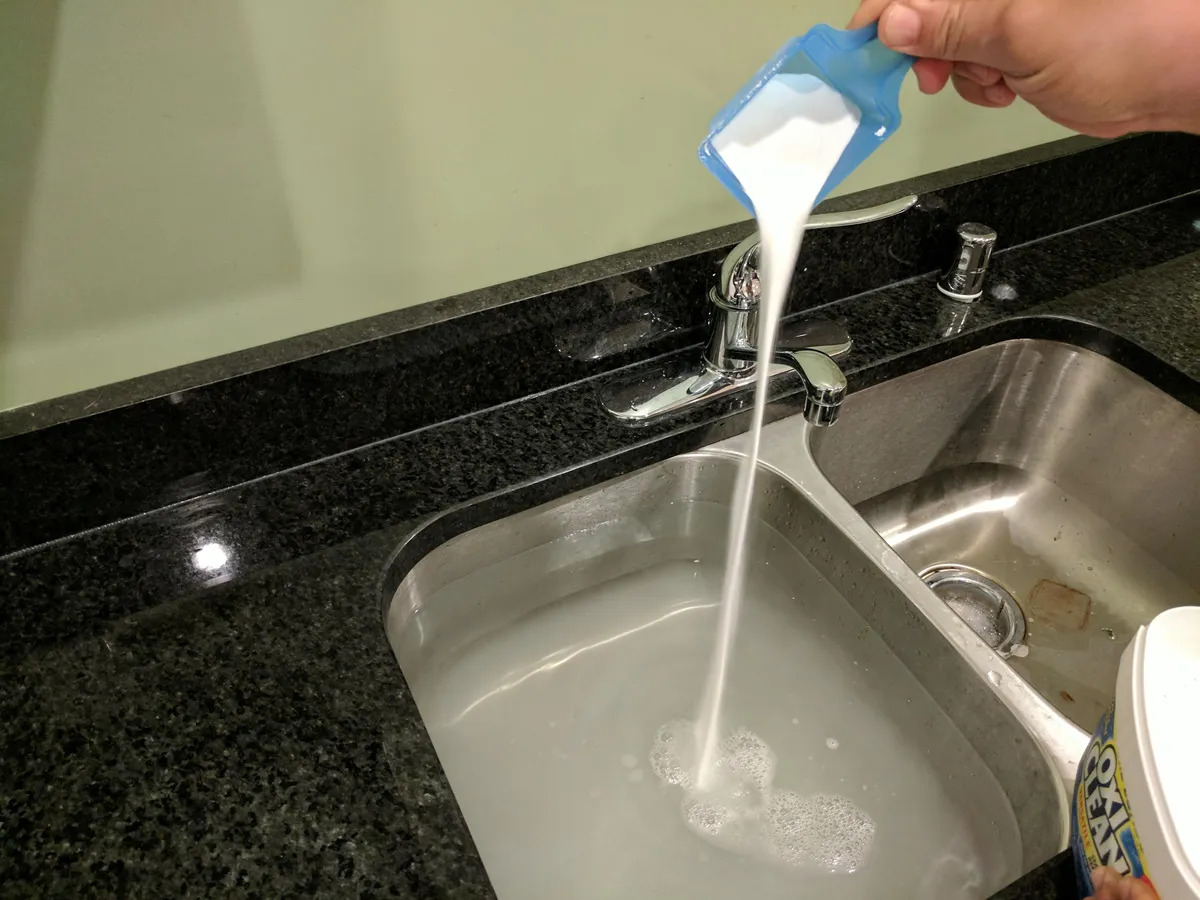

Articles
How To Unclog A Double Kitchen Sink
Modified: January 17, 2024
Learn effective ways to unclog your double kitchen sink with these expert articles. Find helpful tips and tricks to keep your sinks clear and functional.
(Many of the links in this article redirect to a specific reviewed product. Your purchase of these products through affiliate links helps to generate commission for Storables.com, at no extra cost. Learn more)
Introduction
A double kitchen sink is a popular choice for many homeowners, offering added convenience and functionality in the kitchen. However, a clogged double kitchen sink can quickly become a frustrating and unpleasant problem to deal with. From food debris to grease buildup, there are various reasons why your double kitchen sink might get clogged.
Unclogging a double kitchen sink can be a challenging task, but with the right techniques and tools, you can quickly and effectively get your sink back in working order. In this article, we will explore some quick fixes and effective methods to unclog a double kitchen sink.
Before we dive into the different unclogging methods, it’s important to understand the common culprits of double kitchen sink clogs. Food scraps, grease, soap residue, and even small objects can accumulate in the drainpipes over time, leading to blockages. Additionally, pipes may also become clogged due to mineral deposits and corrosion. Identifying the cause of the clog can help you choose the appropriate method for unclogging your double kitchen sink.
When it comes to unclogging a double kitchen sink, it’s crucial to prioritize safety. Always wear gloves and protective eyewear when working with chemical solutions or using tools like drain snakes. If you’re unsure about your capabilities or the severity of the clog, it is wise to consult a professional plumber.
Now, let’s explore some quick fixes and effective methods for unclogging a double kitchen sink.
Key Takeaways:
- Quick fixes like boiling water and baking soda can provide temporary relief for minor clogs in a double kitchen sink, while more advanced methods like using a plunger or a drain snake are effective for stubborn clogs.
- Prevention is key to avoiding clogs in a double kitchen sink. Using a sink strainer, properly disposing of food scraps, and regular maintenance can help keep the sink free from obstructions.
Read more: How To Plumb A Double Kitchen Sink
Quick Fixes for Unclogging a Double Kitchen Sink
When faced with a clogged double kitchen sink, you’ll want to tackle the problem as quickly as possible. Here are some quick fixes that can help alleviate common clogs:
- Boiling water: Sometimes, all it takes to clear a minor clog is a kettle of boiling water. Carefully pour the boiling water down the drain, allowing it to break up any grease or debris causing the clog. Repeat if necessary.
- Baking soda and vinegar: This natural cleaning solution can be effective in removing mild clogs. Start by pouring a cup of baking soda down the drain, followed by a cup of white vinegar. Cover the drain with a plug or rag to contain the reaction, and let it sit for about 30 minutes. Finally, flush the drain with hot water to clear the clog.
- Plunging: A plunger can be a useful tool in unclogging a double kitchen sink. Ensure that the other side of the sink is plugged or sealed to create suction. Place the plunger over the clogged drain and firmly push and pull to create pressure and dislodge the clog. Repeat this process several times until the water starts draining smoothly.
- Removing the trap: If the clog is located in the trap beneath the sink, you can try removing it to clear the obstruction. Place a bucket under the trap to catch any water or debris, then use a wrench to loosen the slip nuts and remove the trap. Clean out any debris and reinstall the trap.
- Wire hanger: Straighten out a wire coat hanger and create a small hook at one end. Insert the hooked end into the drain and gently maneuver it to break up the clog. Be careful not to damage the pipes. Flush the drain with hot water to remove any remaining debris.
These quick fixes can provide temporary relief for minor clogs in a double kitchen sink. However, if the clog is persistent or severe, you may need to move on to more advanced unclogging methods.
Using a Plunger to Unclog a Double Kitchen Sink
A plunger is a simple yet effective tool that can help you unclog your double kitchen sink. Follow these steps to use a plunger:
- Prepare the sink: Ensure that the other side of the double kitchen sink is sealed or plugged to create proper suction.
- Add water: If there is no standing water in the sink, add some hot water. The water helps to create a vacuum seal and improves the plunging process.
- Position the plunger: Place the plunger over the clogged drain, ensuring that it covers the entire opening. Make sure the edges of the plunger are in contact with the sink surface to form a tight seal.
- Plunge vigorously: Firmly push the plunger down and then pull up abruptly, creating suction and pressure to dislodge the clog. Repeat this plunging motion several times, maintaining a steady rhythm.
- Check for drainage: After plunging for a while, remove the plunger and check if the water is draining. If the water starts to flow freely, the clog is likely cleared. If not, continue plunging until the clog is removed.
- Flush with water: Once the clog is cleared, run hot water down the drain to flush out any remaining debris and to ensure proper drainage.
- Repeat if necessary: If the double kitchen sink is still not draining properly after plunging, you may need to repeat the process or try a different unclogging method.
Using a plunger is a cost-effective and easy way to unclog a double kitchen sink. It is particularly effective for minor clogs caused by food scraps or other debris. However, if the clog persists or is more severe, you may need to explore other unclogging methods.
Removing Clogs with a Drain Snake
If the plunger didn’t do the trick, or if the clog in your double kitchen sink is more stubborn, using a drain snake can be an effective solution. Here’s how you can remove clogs with a drain snake:
- Gather your tools: You’ll need a drain snake, also known as a plumbing auger, which is a long, flexible metal cable with a coiled spring at one end and a handle at the other.
- Insert the drain snake: Insert the coiled end of the drain snake into the drain opening, pushing it gently but firmly until you feel resistance. This indicates that you’ve reached the clog.
- Rotate and push: Once the drain snake is in place, rotate the handle clockwise while simultaneously pushing it forward. This motion helps to break up the clog and grab onto any debris.
- Withdraw the drain snake: Slowly withdraw the drain snake from the drain, taking care to keep any debris or clog material attached to the coiled end of the snake.
- Flush with water: After removing the drain snake, run hot water down the drain to flush out any remaining debris and ensure proper drainage.
- Repeat if necessary: If the clog is not completely cleared, you can repeat the process with the drain snake until the obstruction is fully removed.
Using a drain snake allows you to reach and break up clogs that are deep within the drainpipe. It is particularly useful for more severe clogs caused by grease buildup or larger objects. However, it’s important to use the drain snake carefully to avoid causing damage to the pipes. If you’re uncomfortable using a drain snake or if the clog persists, it’s advisable to seek professional assistance.
Using Baking Soda and Vinegar to Unclog a Double Kitchen Sink
If you prefer a natural and chemical-free method to unclog your double kitchen sink, using baking soda and vinegar can be an effective solution. Here’s how you can use this method:
- Gather your supplies: You’ll need baking soda, white vinegar, and a pot of boiling water.
- Remove standing water: If there is any standing water in the sink, use a cup or bucket to remove it as much as possible before proceeding.
- Pour baking soda down the drain: Start by pouring about half a cup of baking soda directly into the clogged drain. Make sure to distribute it evenly.
- Pour vinegar down the drain: After pouring the baking soda, follow it with about half a cup of white vinegar. The combination of baking soda and vinegar will create a fizzing reaction, which helps to break down the clog.
- Cover the drain: Quickly cover the drain with a plug or a cloth to contain the fizzing action within the drain. This will ensure that the reaction is focused on breaking up the clog.
- Let it sit: Allow the baking soda and vinegar mixture to sit in the drain for around 30 minutes. This will give the solution enough time to work on loosening and dissolving the clog.
- Flush with boiling water: After the waiting period, remove the cover from the drain and carefully pour a pot of boiling water down the drain. The hot water will help to flush away any remaining debris and clear the clog.
- Repeat if necessary: If the clog is not completely cleared, you can repeat the process with baking soda, vinegar, and boiling water until the obstruction is fully removed.
Using baking soda and vinegar is a safe, eco-friendly, and cost-effective method to unclog a double kitchen sink. The combination of these two ingredients creates a chemical reaction that can help break down organic matter and clear minor clogs. However, for more stubborn or severe clogs, you may need to try other unclogging methods or seek professional assistance.
Pour a mixture of 1 cup of baking soda and 1 cup of vinegar down the drain. Let it sit for 15 minutes, then flush with hot water. Repeat if necessary.
Read more: How To Unclog The Sink
Unclogging a Double Kitchen Sink with a Wet/Dry Vacuum
If you have access to a wet/dry vacuum, it can be a powerful tool for unclogging a double kitchen sink. Here’s how you can use a wet/dry vacuum to clear the clog:
- Gather your tools: You’ll need a wet/dry vacuum, a plunger attachment or a rag, and a bucket or container to collect any water.
- Prepare the sink: Ensure that the other side of the double kitchen sink is sealed or plugged to create proper suction.
- Place the vacuum: Position the wet/dry vacuum near the clogged drain, ensuring that it is steady and secure.
- Attach the plunger or rag: If your vacuum comes with a plunger attachment, connect it securely. If not, you can cover the nozzle of the vacuum with a rag and hold it firmly in place.
- Create a seal: Press the plunger attachment or rag against the drain opening, creating a tight seal. This will help to maximize suction and assist in dislodging the clog.
- Turn on the vacuum: Start the wet/dry vacuum and set it to the highest suction setting. The vacuum will generate powerful suction that will pull the clog out of the drain.
- Monitor the progress: Keep an eye on the drain and listen for any signs that the clog is being dislodged. You may hear the sound of suction or gurgling as the vacuum works to clear the clog.
- Check for drainage: After a few minutes, turn off the vacuum and remove the plunger attachment or rag. Check if the water is draining freely from the double kitchen sink. If not, repeat the process until the clog is completely cleared.
- Dispose of the debris: Empty the contents of the wet/dry vacuum into a bucket or container. Dispose of the collected debris properly.
Using a wet/dry vacuum can be an effective method to unclog a double kitchen sink, especially for more stubborn or deep-seated clogs. The powerful suction of the vacuum helps to dislodge and remove the obstruction. However, it’s important to exercise caution and follow the manufacturer’s instructions when using a wet/dry vacuum to avoid any damage or accidents.
Removing Stubborn Clogs with Boiling Water
If you’re dealing with a stubborn clog in your double kitchen sink, one simple yet effective method you can try is using boiling water. Here’s how you can use boiling water to remove stubborn clogs:
- Remove standing water: If there is any standing water in the sink, use a cup or bucket to remove as much of it as possible before proceeding.
- Boil water: Place a pot or kettle of water on the stovetop and bring it to a rolling boil. Make sure you have enough boiling water to completely cover the clogged drain.
- Pour the boiling water: Carefully and slowly pour the boiling water directly into the clogged drain. Start with a small amount and gradually increase the volume. Be cautious to avoid splashback or getting burned.
- Allow the water to work: Let the boiling water sit in the drain for a few minutes. The heat can help to dissolve and break up the clog, allowing it to flow down the drain more easily.
- Check for drainage: After allowing the boiling water to work, check if the water is draining freely from the double kitchen sink. If not, repeat the process with more boiling water until the clog is cleared.
- Run hot water: Once the clog is removed, run hot water down the drain for a few minutes to flush out any remaining debris and ensure proper drainage.
Using boiling water is a simple and cost-effective method to remove stubborn clogs in a double kitchen sink. The high temperature of the water can help to melt away fats, grease, and other debris that may be causing the clog. However, exercise caution while handling boiling water to avoid any injuries or burns.
Preventing Clogs in a Double Kitchen Sink
Preventing clogs in your double kitchen sink is always better than dealing with the hassle of unclogging them. Here are some preventative measures you can take to keep your sink free from clogs:
- Use a sink strainer: Install a sink strainer or a mesh screen over the drain openings to catch food scraps, debris, and other particles before they can go down the drain. Empty the strainer regularly to prevent clogs.
- Avoid pouring grease down the drain: Grease and fats can solidify in the pipes, causing buildup and eventually leading to clogs. Instead, pour grease into a disposable container and dispose of it in the trash.
- Dispose of food scraps properly: Scrape leftover food into a compost bin or a trash can rather than rinsing it off in the sink. Even small food particles can accumulate over time and contribute to clogs.
- Flush with hot water: Once a week, pour a pot of boiling water down the drain to help melt away any grease or residue that may have accumulated in the pipes. This preventive measure can help keep the drain clear and reduce the chance of clogs.
- Avoid using chemical drain cleaners: Chemical drain cleaners can be harsh on your pipes and the environment. Instead of relying on these products, opt for natural remedies like baking soda and vinegar or seek professional help when necessary.
- Regularly clean the drainpipes: To prevent buildup and reduce the risk of clogs, consider using a pipe brush or a mixture of baking soda and vinegar to clean the drainpipes. This can help remove any residues sticking to the pipe walls.
- Be mindful of what goes down the sink: Avoid washing non-food items, coffee grounds, eggshells, and fibrous materials down the sink. These items can easily cause clogs and damage the plumbing system. Dispose of them in the appropriate manner.
- Keep chemicals away from the sink: Avoid pouring chemicals, paint thinner, or other harsh substances down the sink. These chemicals can corrode the pipes and worsen clogs.
By following these preventative measures, you can significantly reduce the chances of experiencing clogs in your double kitchen sink. Remember, good habits and regular maintenance go a long way in keeping your sink clean and free from obstructions.
Conclusion
A clogged double kitchen sink can be a frustrating and inconvenient problem to deal with. However, with the right techniques and tools, you can effectively unclog your sink and restore its functionality. From quick fixes like using boiling water and baking soda to more advanced methods like using a plunger or a drain snake, there are various approaches you can take to tackle the issue.
In this article, we explored several methods to unclog a double kitchen sink. We discussed the importance of identifying the cause of the clog and prioritizing safety throughout the unclogging process. Quick fixes like boiling water, baking soda and vinegar, and using a plunger can provide temporary relief for minor clogs. For more stubborn clogs, methods like using a drain snake or a wet/dry vacuum can offer more effective results.
It’s essential to remember that prevention is key to avoiding clogs in the first place. Using a sink strainer, properly disposing of food scraps, and avoiding pouring grease down the drain are just a few preventative measures you can take. Regular maintenance, such as flushing with hot water and cleaning the drainpipes, can also help keep your double kitchen sink free from future clogs.
When faced with a persistent or severe clog, it’s always wise to consider seeking professional assistance. Professional plumbers have the necessary expertise and tools to handle challenging clogs safely and effectively.
By employing these techniques and adopting preventative measures, you can ensure a smoothly functioning double kitchen sink and avoid the hassle of dealing with clogs in the future. Remember, a little maintenance and care can go a long way in keeping your sink free from obstructions and maintaining a well-functioning kitchen.
Frequently Asked Questions about How To Unclog A Double Kitchen Sink
Was this page helpful?
At Storables.com, we guarantee accurate and reliable information. Our content, validated by Expert Board Contributors, is crafted following stringent Editorial Policies. We're committed to providing you with well-researched, expert-backed insights for all your informational needs.
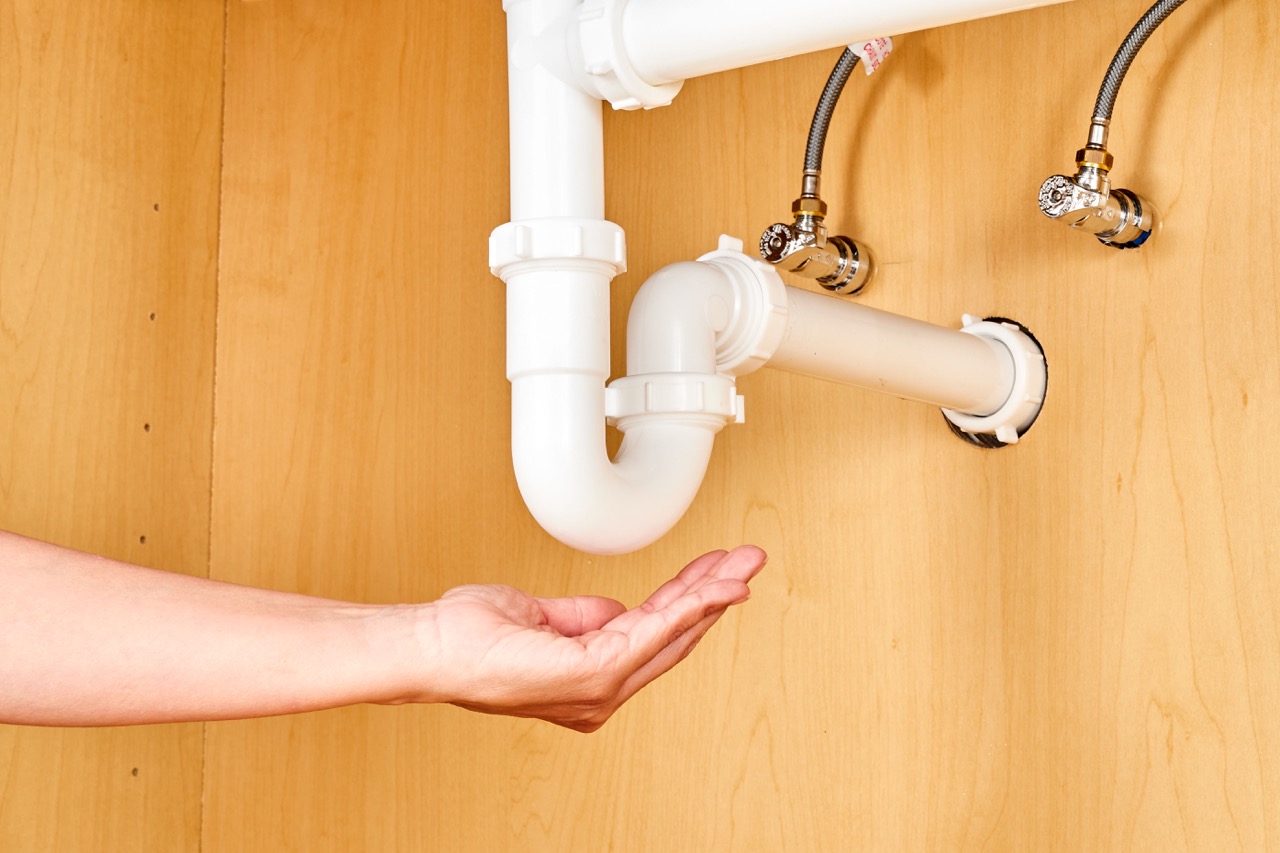
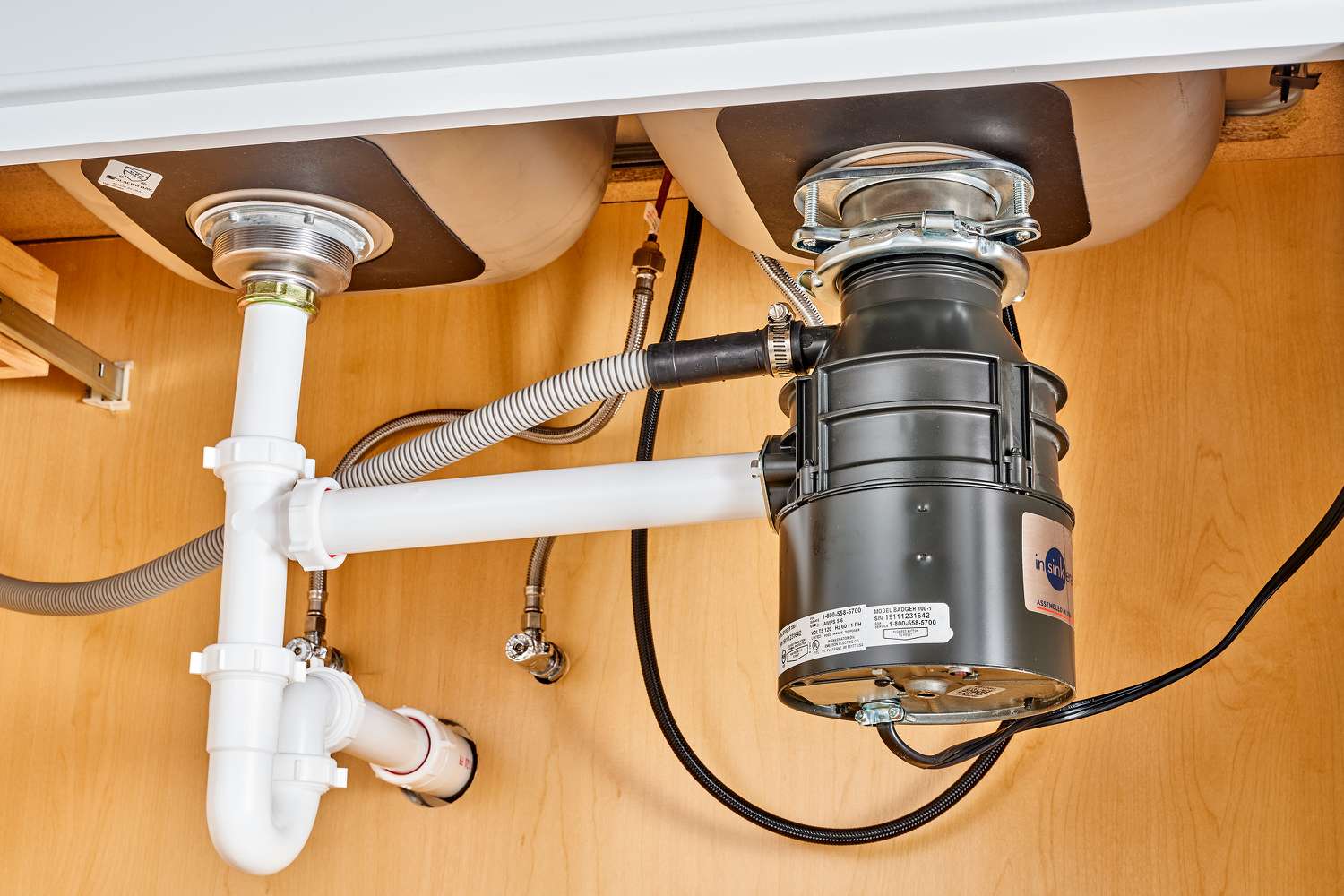
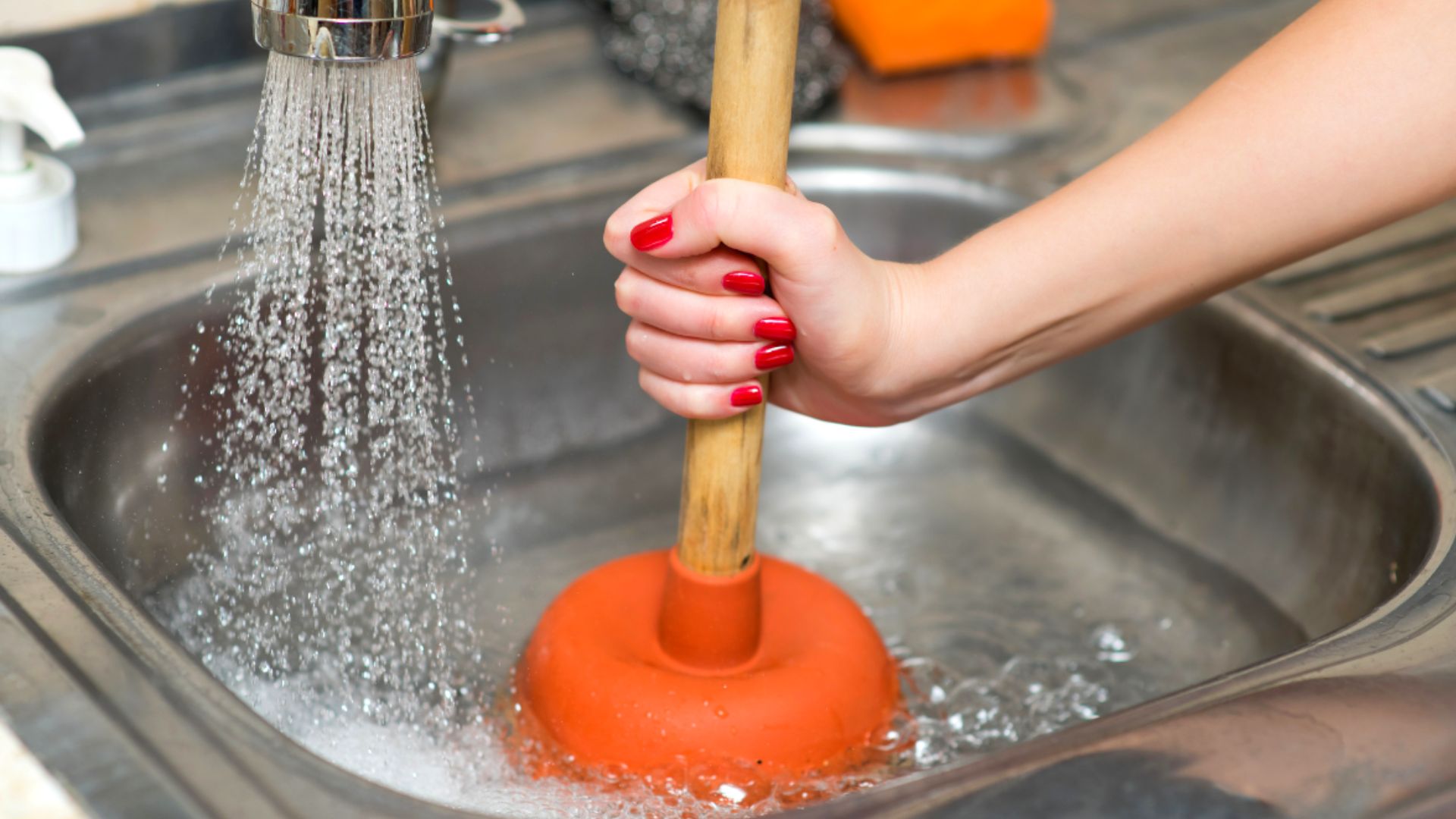
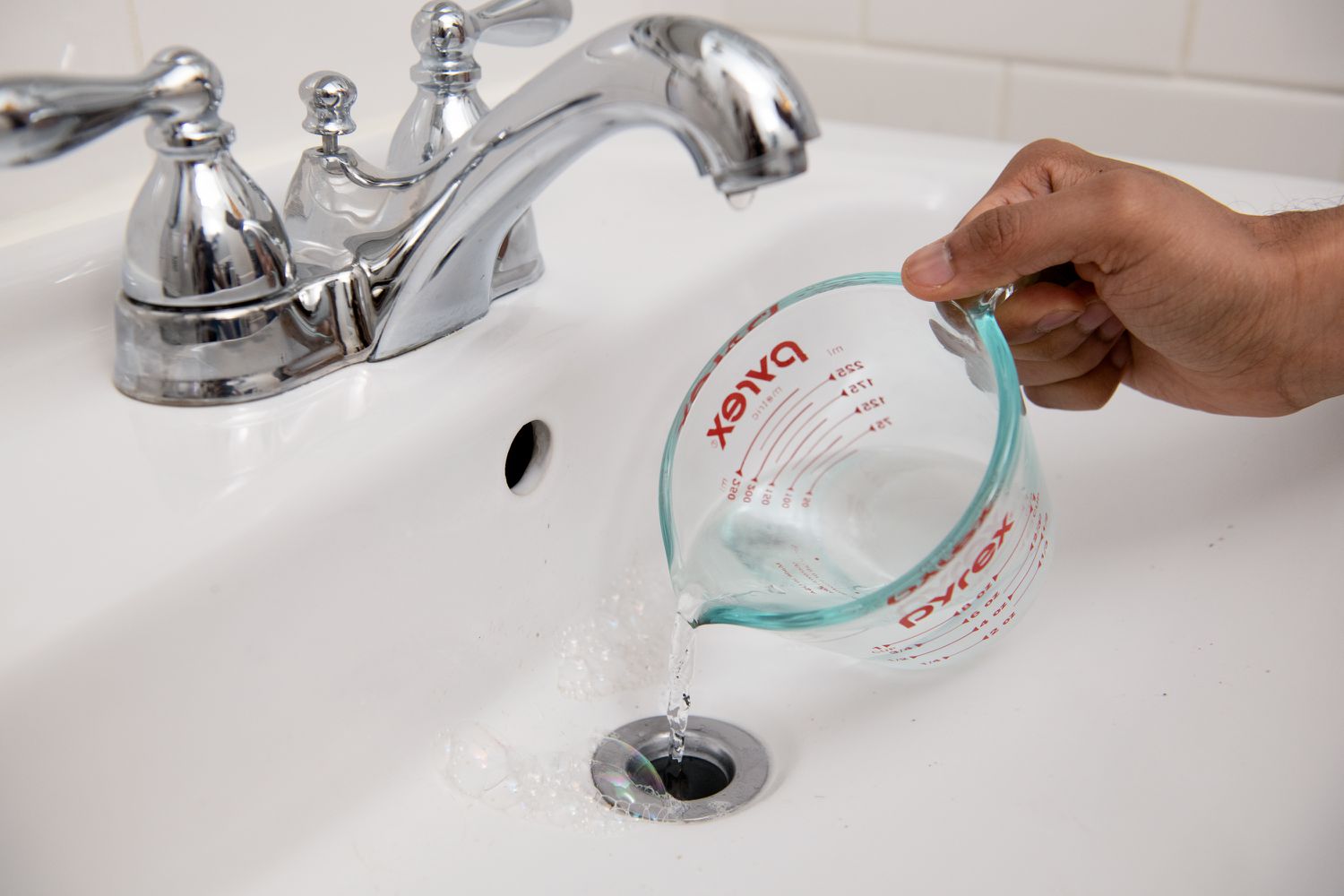
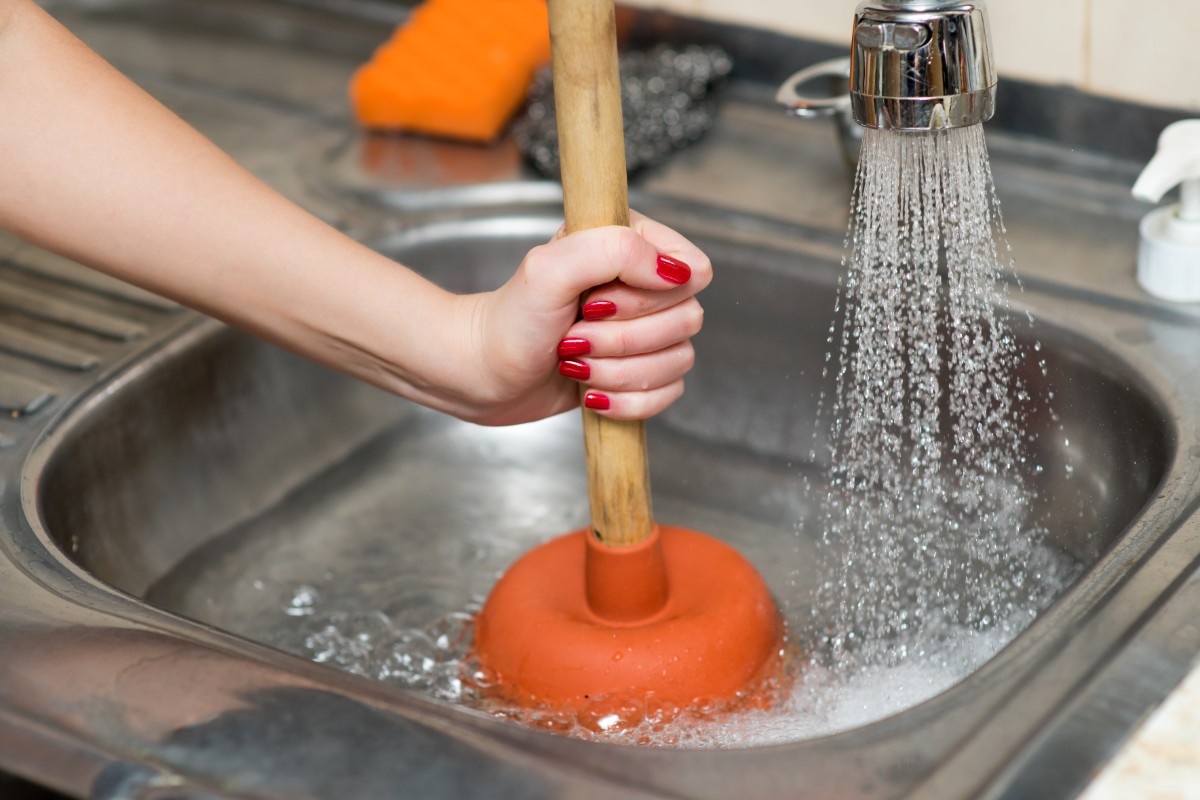
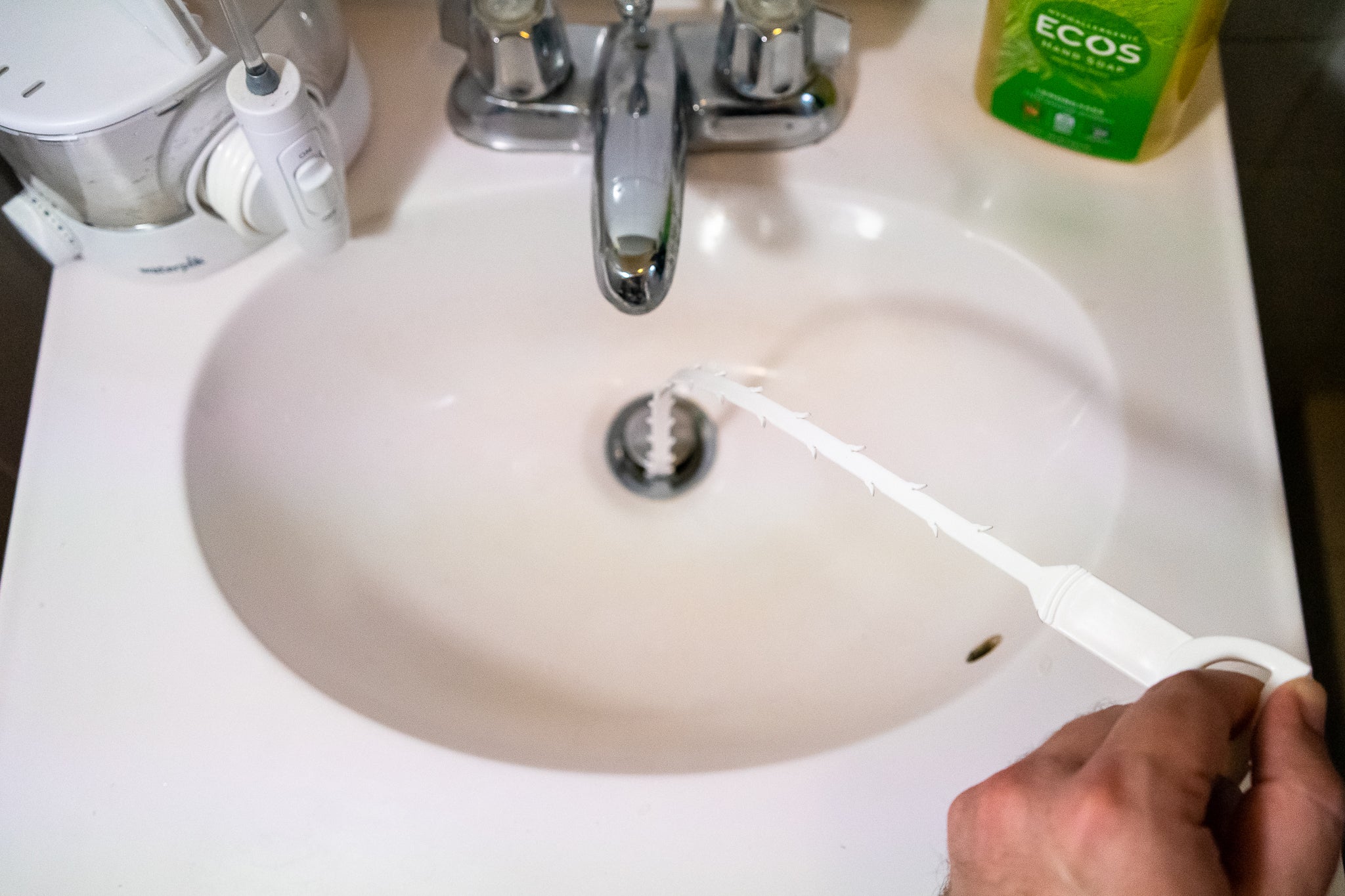
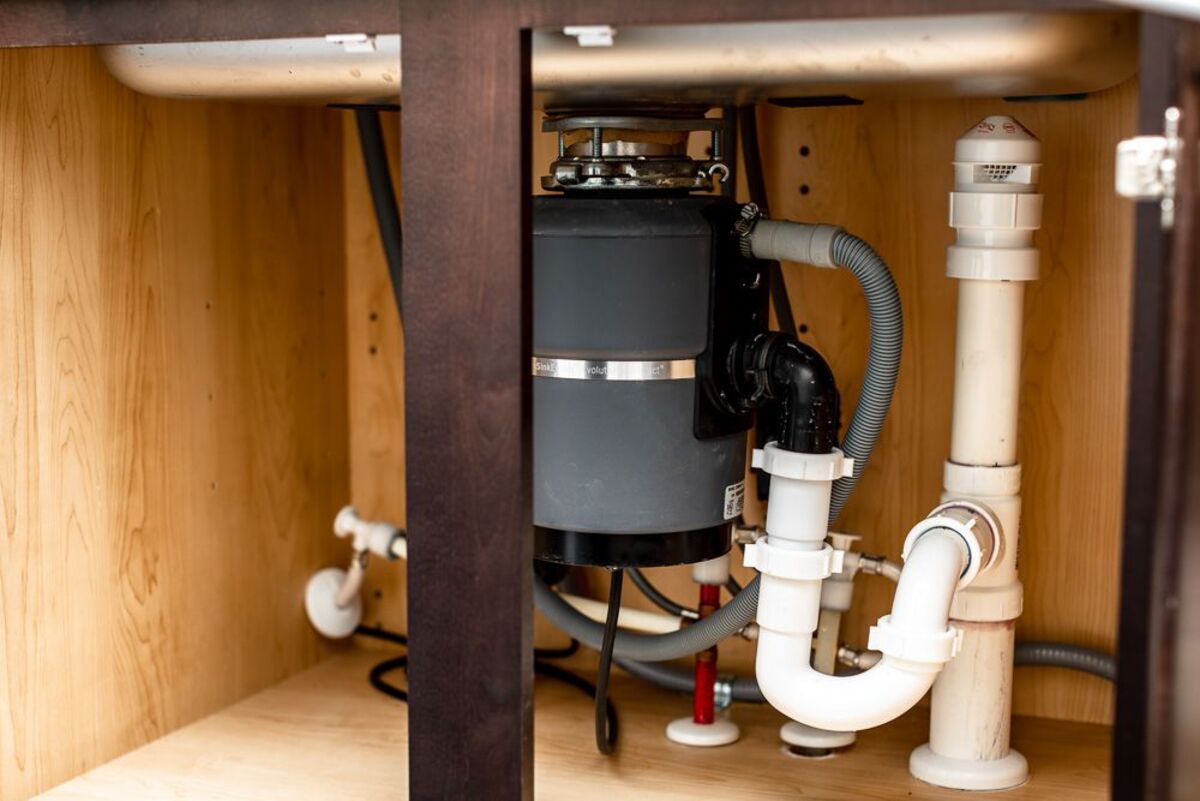
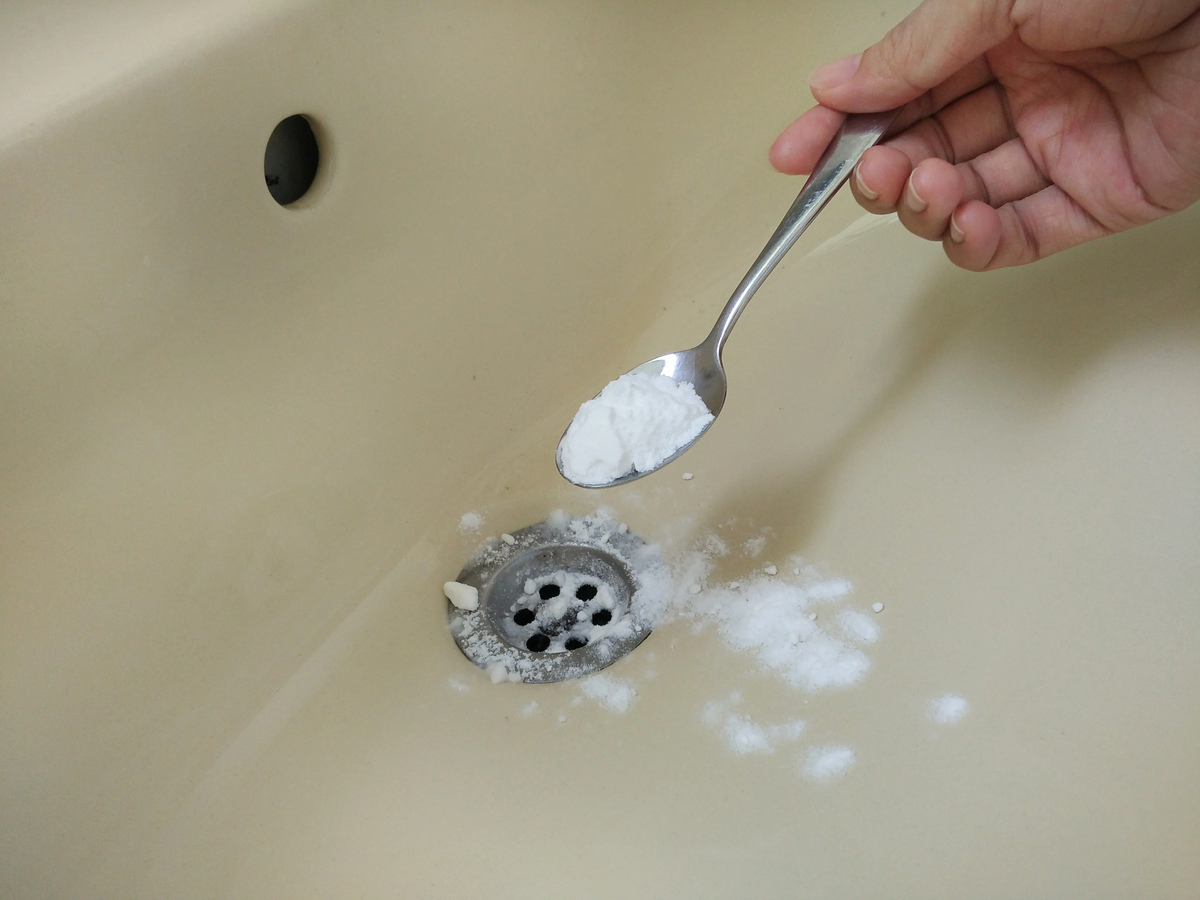
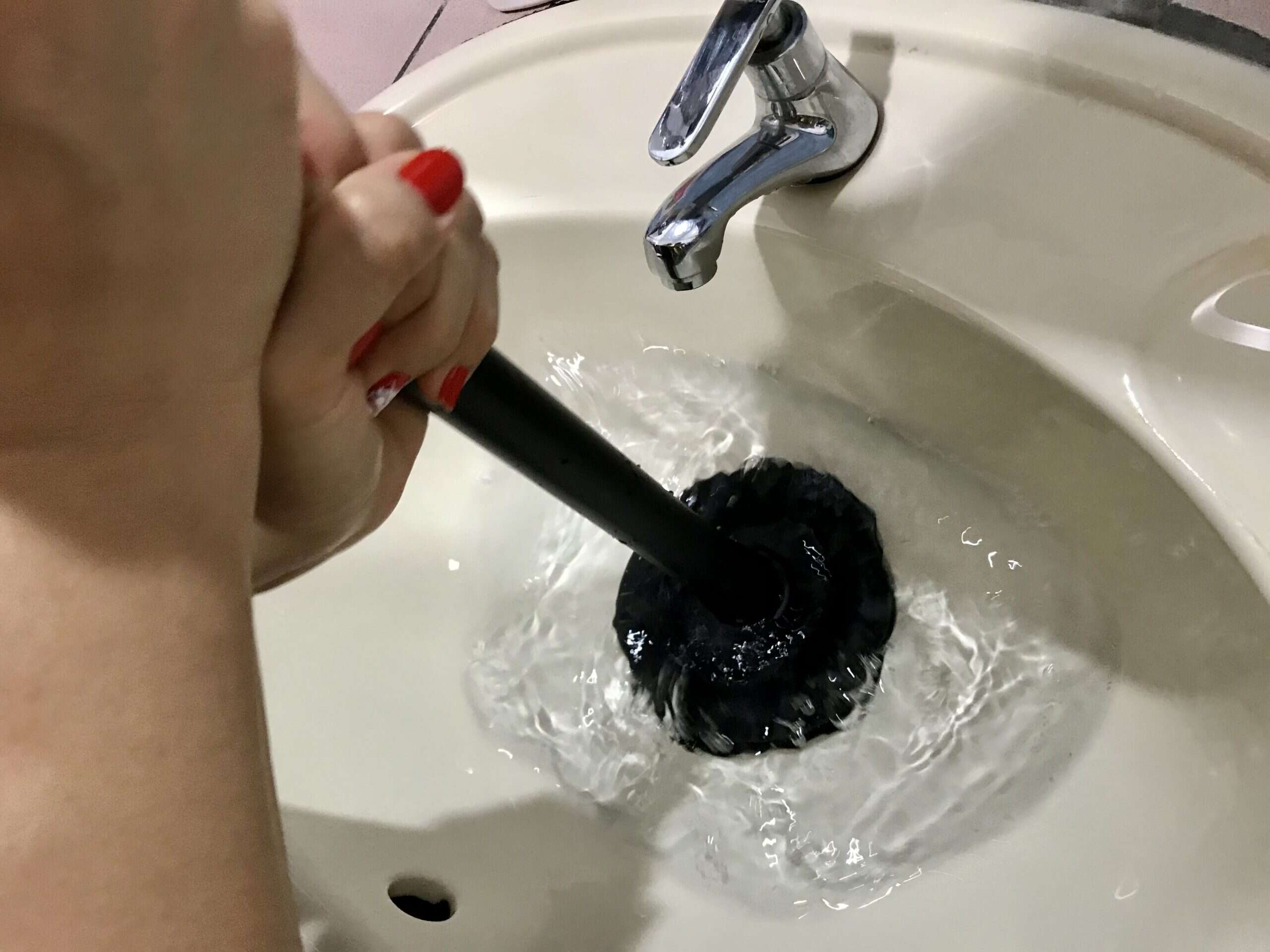
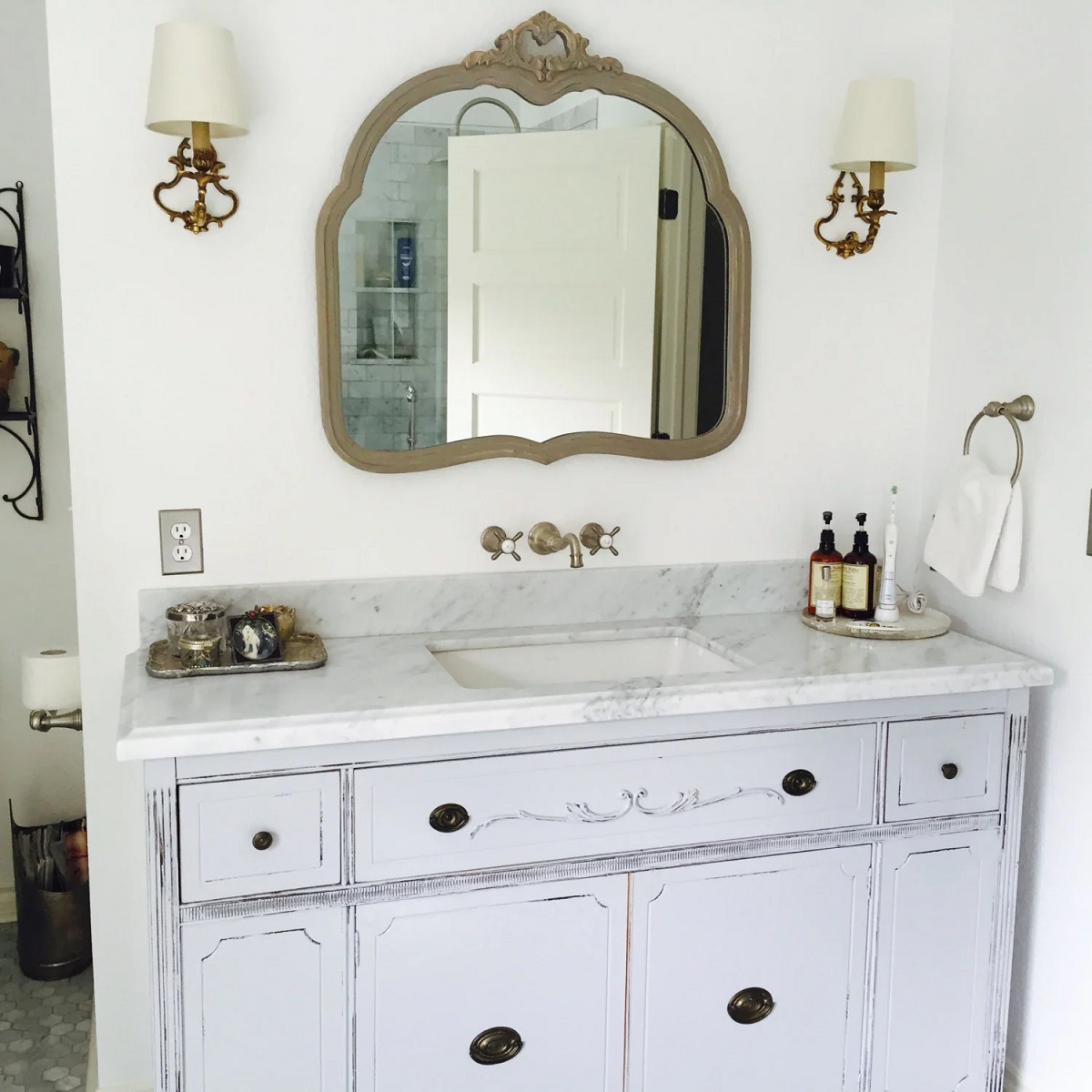
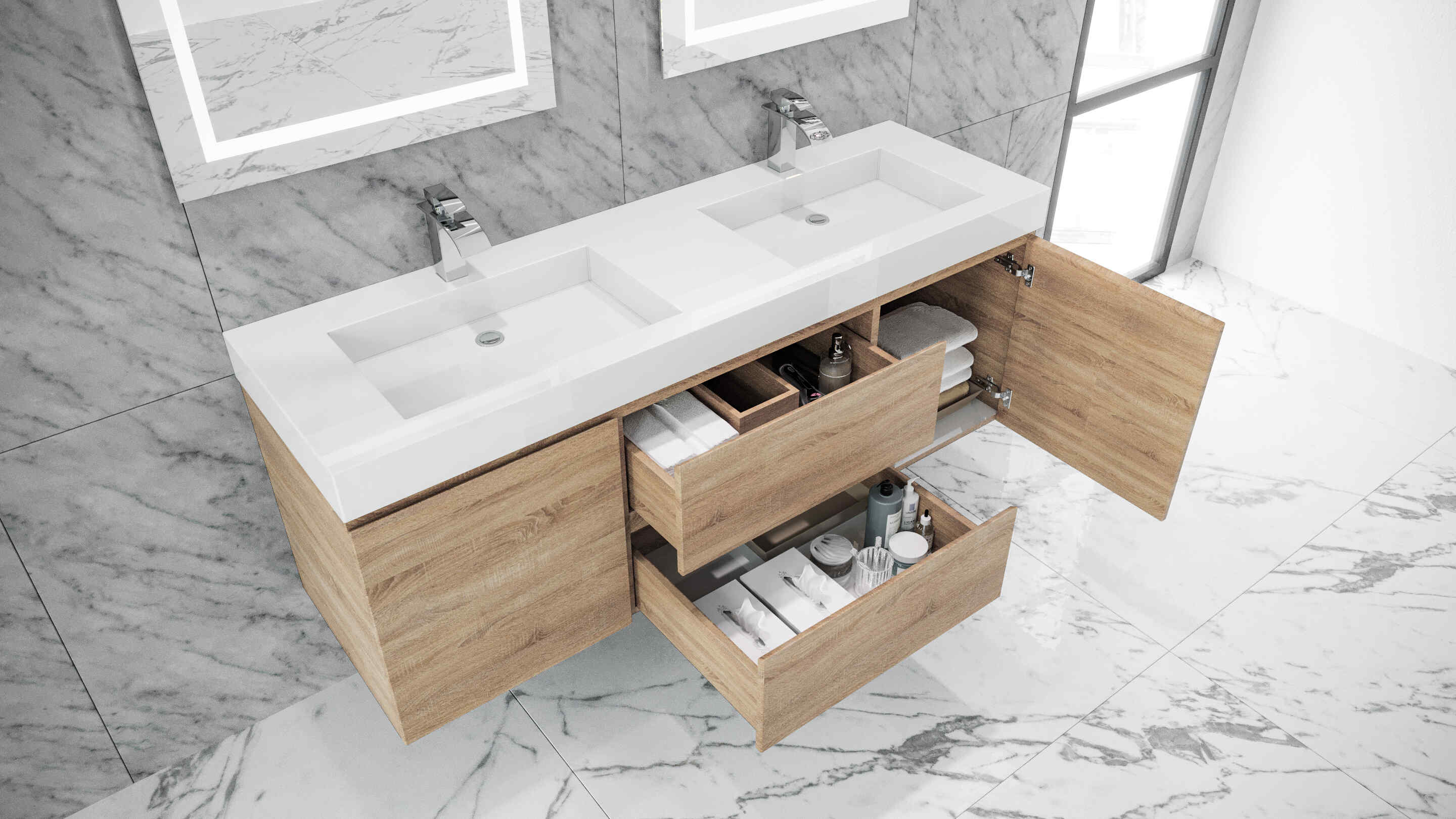
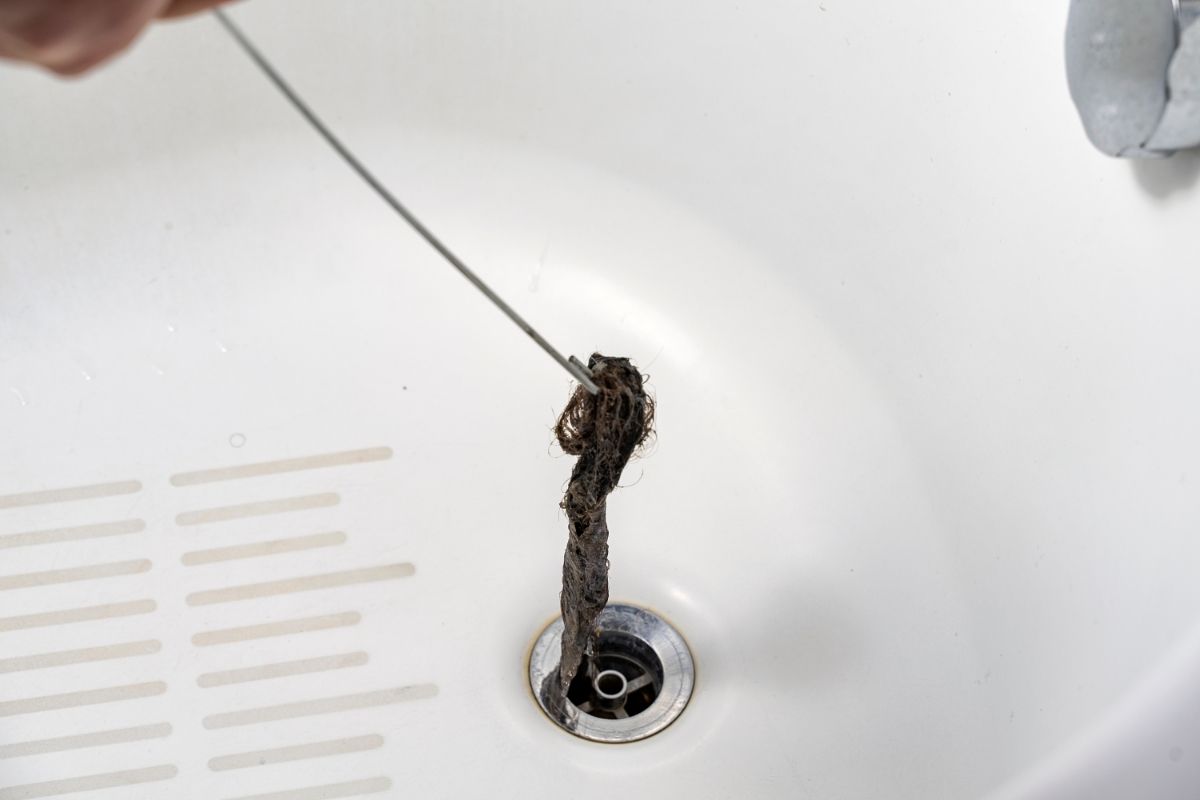
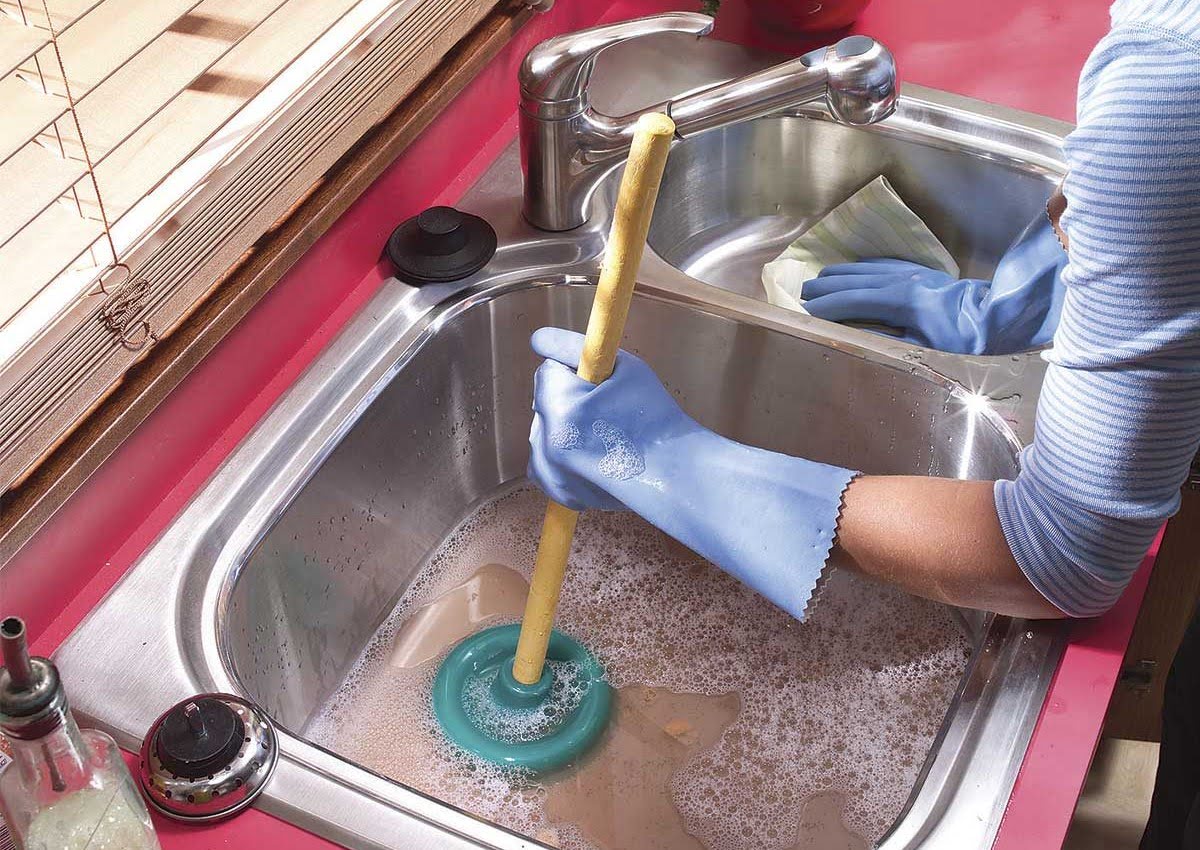
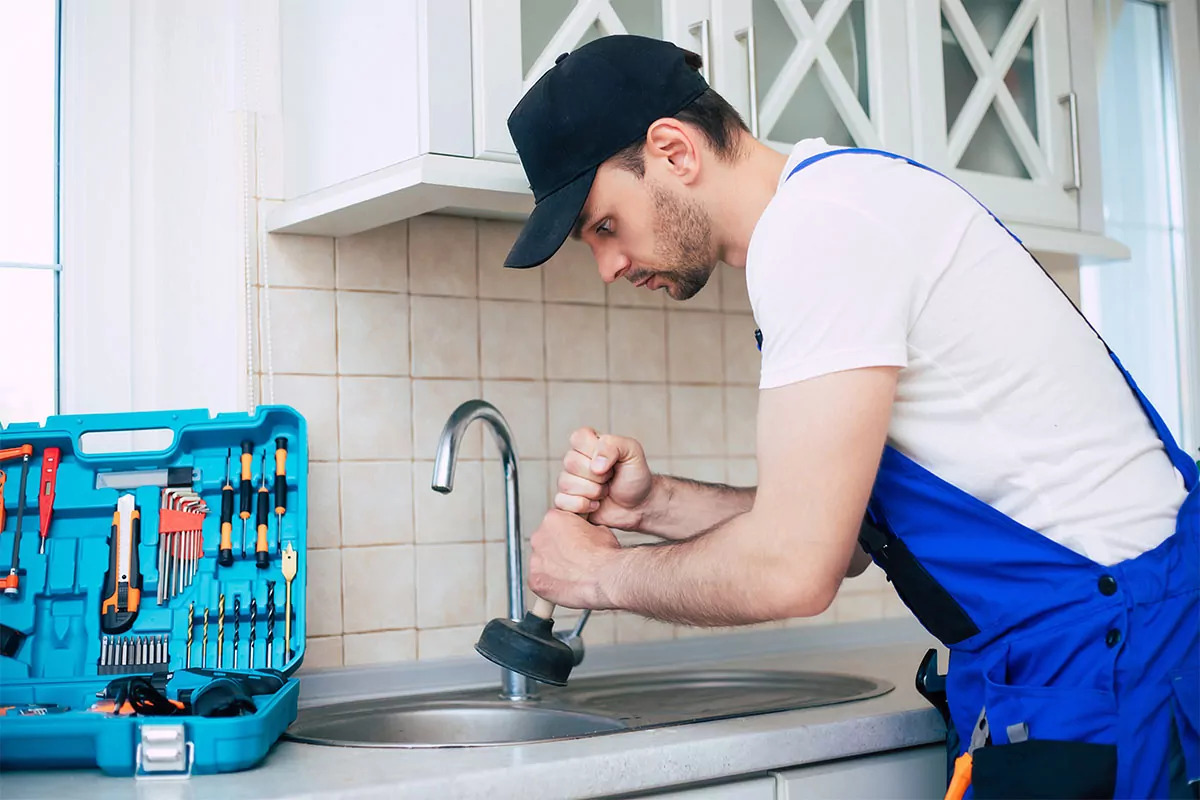

0 thoughts on “How To Unclog A Double Kitchen Sink”